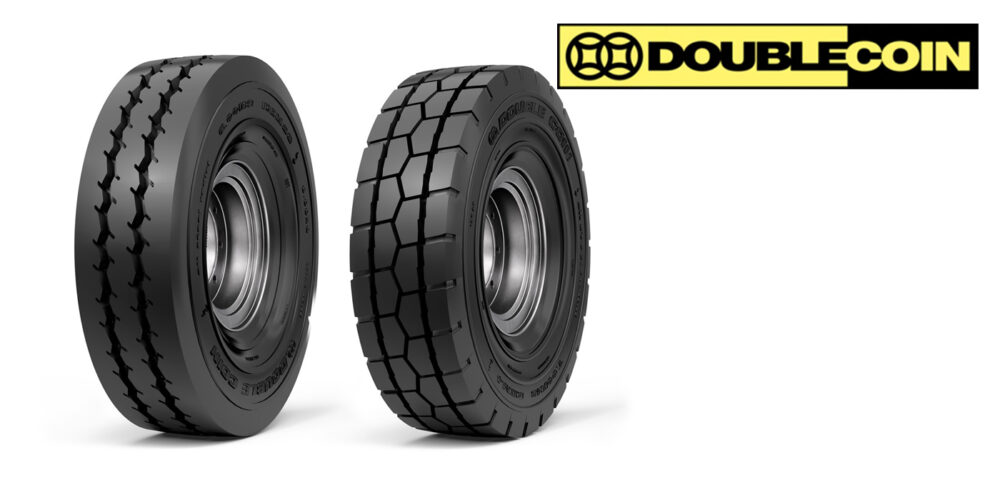Tires continue to be a major expense for commercial fleets. Maintenance managers prefer to keep a tight control on both their new and retread tire costs, including tire repairs. Determining exactly what is important to track about tires generates a lot of discussion among fleet professionals.
The issue? It takes significant time and effort to record every event of the tire during its multi-year lifecycle. Sure, it is nice to have information that includes when the tire went into service, tire make/model, age of the casing, number of miles, where the tire was produced, and how many times the casing was retreaded and/or repaired. But fleets are in the business of hauling goods, not tracking every tire in the fleet from birth to death over multiple retreads before they eventually reach the scrap tire pile.
So what is the solution? Typically, the compromise is tracking a statistically valid sample size of tires—a sampling where you know the data is accurate and you can properly enter the information. There is no advantage to tracking every tire in your fleet. It takes an incredible amount of time and money, and with the possibility of thousands of tires running at any one time, it just leads to an enormous amount of data points.
Service vocation is the most important variable to keep in mind. The steer tires on vehicles that run coast-to-coast will have a completely different performance than steer tires that see city service in which they make multiple daily stops.That’s why you need to treat each service vocation as a separate entity. At the end of the day, any data analysis must first include specific service vocations.
The statistical magic number is 30. If your fleet’s vehicles are running in three distinct service vocations, then you are looking at 90 vehicles where you are tracking tire data. This certainly is much more manageable, accurate and realistic versus tracking tires on, let’s say, 5,000 tractors and trailers.
The next important variable in the process is tractor/trailer make and model. You most certainly want to be tracking tire performance on each type of vehicle. Tires running on the long wheel base tractors with suspension “A” will not have the same performance as those tires running on the shorter wheel base tractors with suspension “B.” Trailer tires running on van trailers may not perform the same as those running on more heavily-loaded reefers. Taking the time to ensure you are including all the various vehicle configurations in your tire data tracking is very important.
A good source for determining specific information is the Technology and Maintenance Council’s (TMC) Recommended Practice (RP)-229. It details tire tracking information and advises tires need some sort of unique identification to be successfully tracked over multiple years. Some fleets physically brand the tire sidewall with a unique tracking number, while other fleets use a bar code or RFID chip, which can be built into the tire or patched onto the tire innerliner.
Here’s a typical scenario. When a tire event occurs, the tire number must be recorded. A steer tire may be mounted Jan. 1 on the left front of vehicle #101; record a flat repair on March 15, and be taken off of vehicle number 101, repaired and then re-installed on vehicle number 102. It was worn down to the legal limit of 4/32-in. on Dec. 10 and sent to the retreader. The tire was retreaded with a drive tire tread and reinstalled at the end of the month. The process goes on and on. Tracking the details is important.
Once all the data is entered into the fleet’s computer software package, the fun begins—now you can start to see what really is going on. A good computer program will allow you to easily analyze tire performance and determine such things as cost/mile, fuel economy and retreadability success or failure.
Working with your tire supplier is recommended to ensure you are recording all of the appropriate information so you can make the best business decisions about your tire program.













